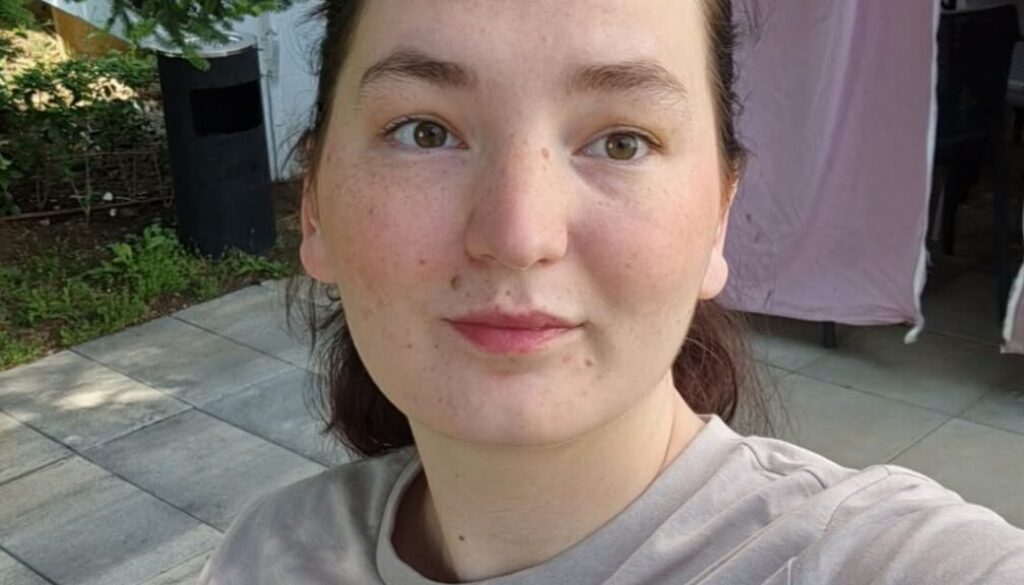When the Rare is Common: Living with Ehlers-Danlos Syndrome
When the Rare is Common
Hi, I’m Alisha. I’m 26, a medical student, and I have Ehlers-Danlos Syndrome (EDS). Most people haven’t heard of it before, but it’s a rare genetic condition that affects my connective tissue—the “glue” that holds your body together.
EDS comes with a wide range of issues, including joint pain, bowel problems, skin issues, delayed healing, fatigue, and more. It’s classified as a rare disease, and it took me until I was 24 to get a proper diagnosis.
What is a Rare Disease?
A rare disease is usually defined as a condition affecting fewer than 1 in 2,000 people. My condition affects roughly 1 in 10,000 people, with some severe cases being even rarer – less than 1 in a million.
Why does this matter? Because rare diseases are often misdiagnosed or take years to identify, meaning patients can suffer unnecessarily while their condition worsens.
The Challenges of Misdiagnosis
I was born with EDS and experienced painful joints throughout my teenage years, along with recurring headaches and migraines. At 17, I was diagnosed with hypermobility, but it wasn’t a full diagnosis, and I didn’t understand what it meant.
I injured my joints repeatedly, dealt with constant sprained ankles, wrist strains, and pulled muscles. Physiotherapy advice at the time: “stretch your joints and increase flexibility” actually worsened my condition.
By age 21, I severely damaged my sacroiliac joint (where your hip meets your back). The pain was intense, and I eventually became bedbound for six months, relying on others for basic tasks. Misdiagnosis and lack of awareness left me physically and mentally drained.
Even when I tried to seek help later, doctors attributed my pain to weight gain and prescribed antidepressants, further delaying proper treatment.
Finally Getting a Diagnosis
It wasn’t until three years later, while seeing a rheumatologist for my knees, that I heard about Ehlers-Danlos Syndrome. The specialist asked unusual questions:
- Are your joints flexible?
- Do you have stomach problems?
- How stretchy is your skin?
- Do you have scars that heal unusually?
Suddenly, all my unexplained symptoms made sense. From slow-healing cuts to how my body reacts to anesthesia, everything fit into the picture of EDS.
Without a diagnosis, my life could have been at risk. Many people with EDS face serious heart problems, and certain medications affect me differently.
Why Rare Diseases Are Hard to Diagnose
Rare diseases are, by definition, uncommon. Many doctors have limited experience with them, and medical training often provides little guidance. In addition, because some rare conditions have no cure, doctors may not know how to manage them once diagnosed.
Individually, rare diseases affect very few people, but collectively, they are far more common than most think.
Raising Awareness: Medics for Rare Disease
While a single doctor can’t know every disease, raising awareness helps professionals think outside the box. Recognising that symptoms may indicate a rare condition can save lives.
Medics for Rare Disease aims to spread understanding among healthcare professionals, so every patient receives personalised care and the chance to live a fulfilling life.

